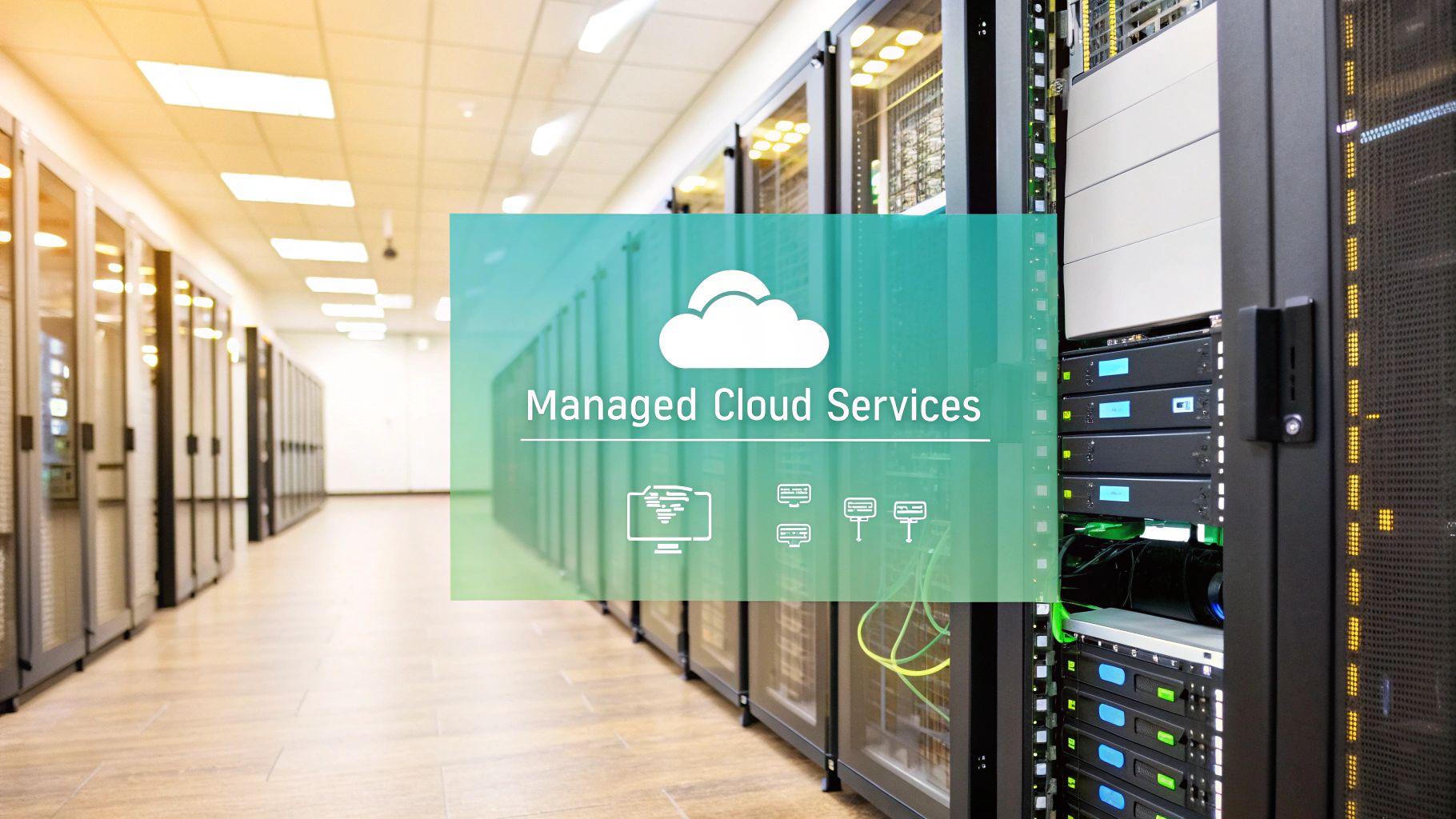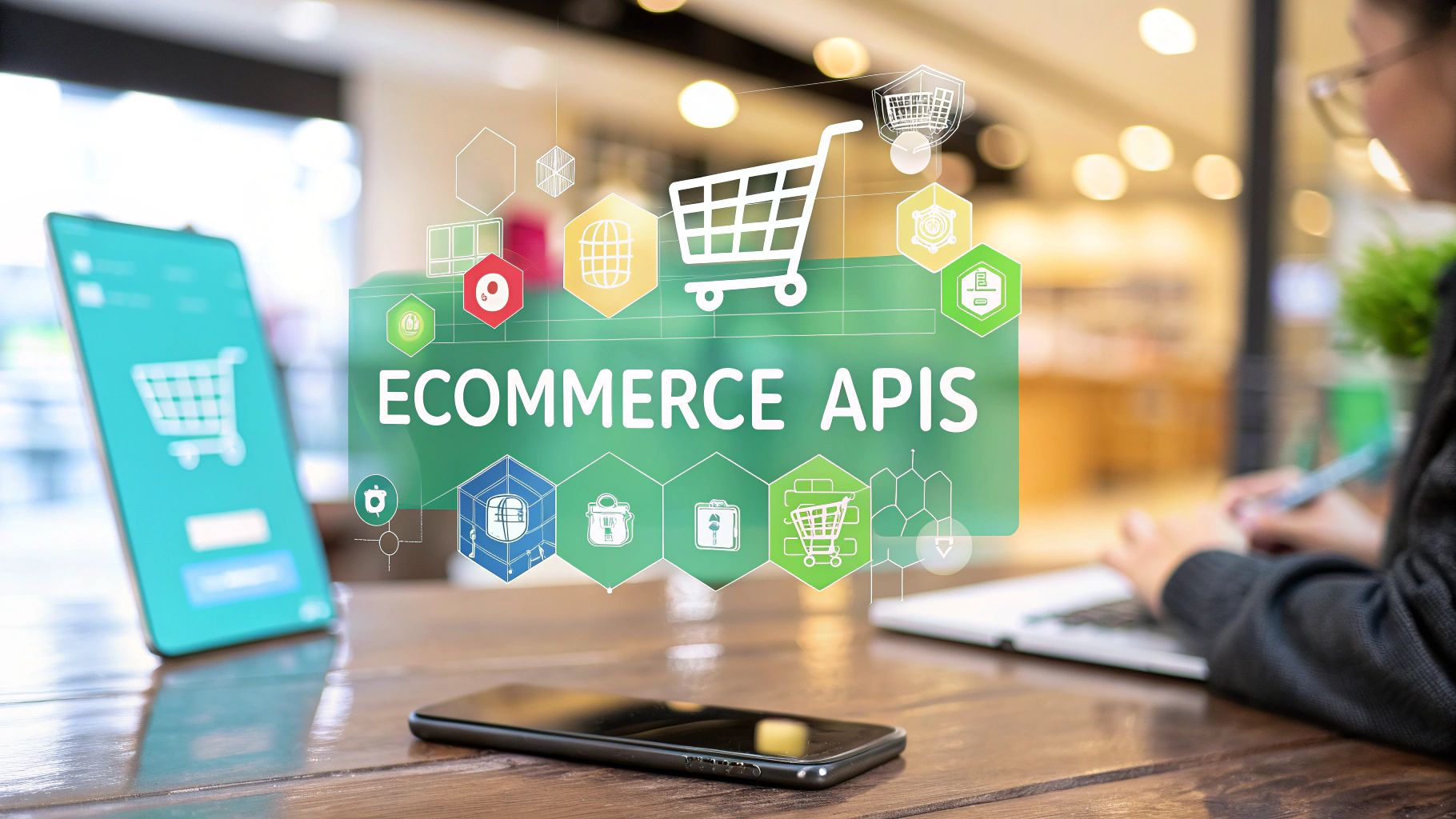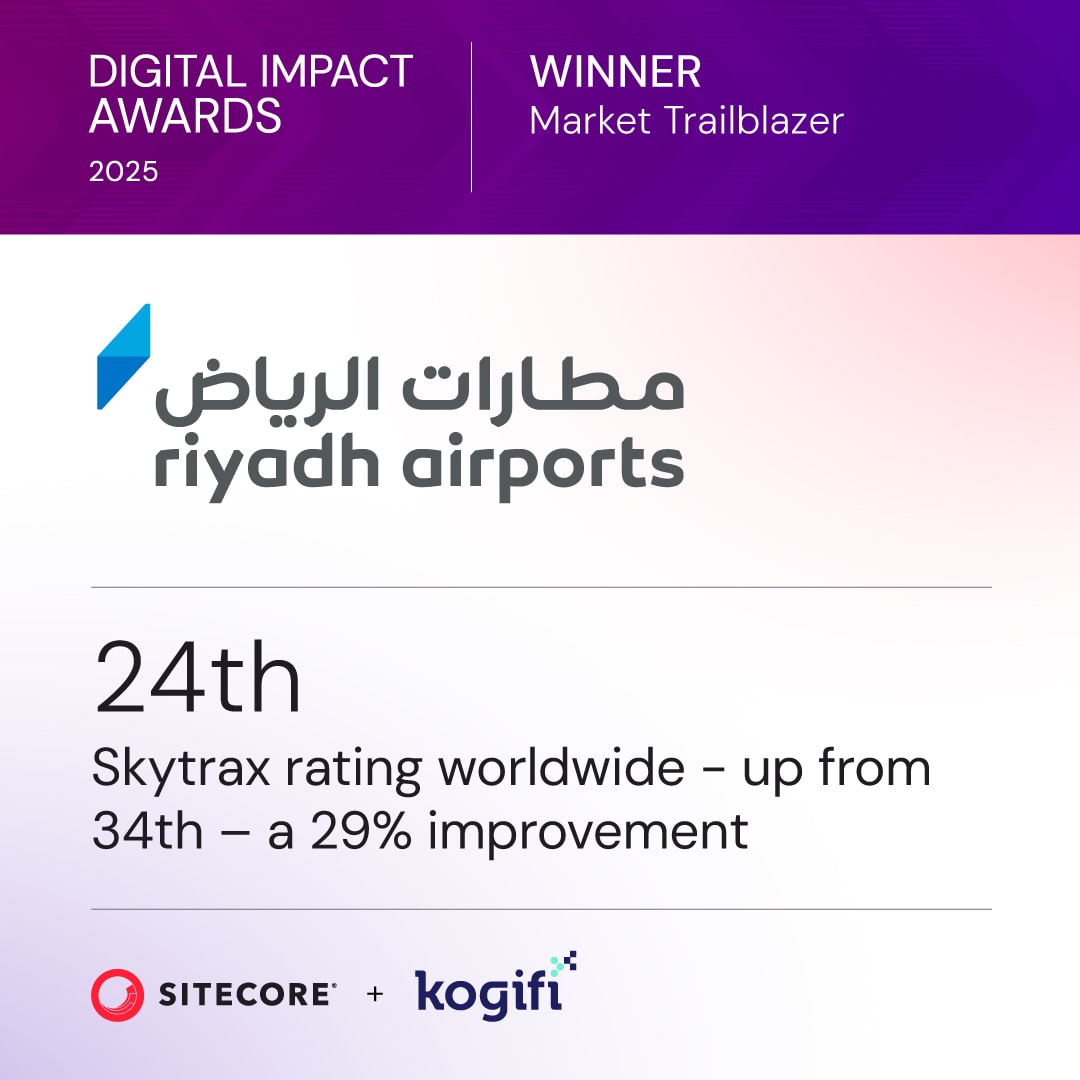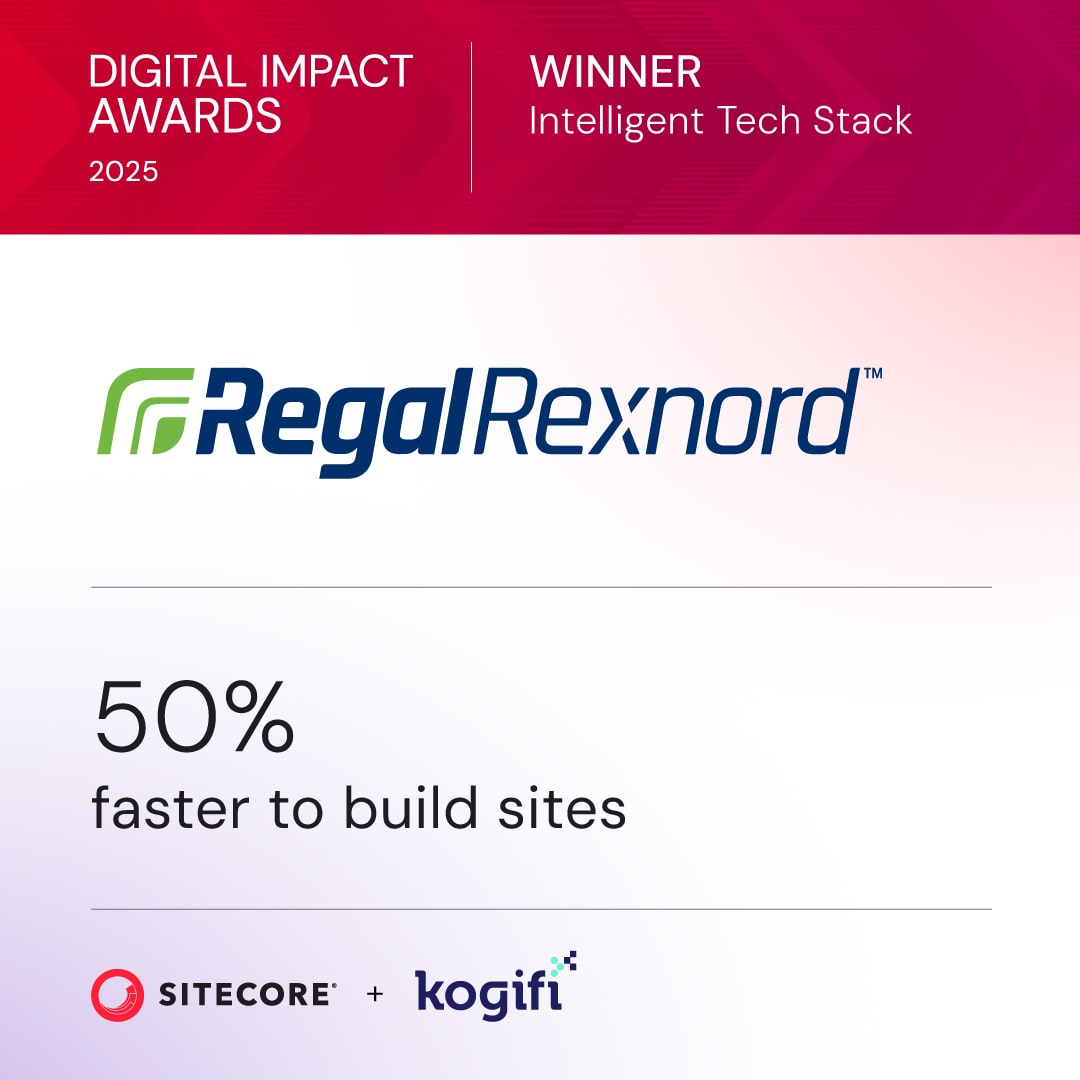E-commerce businesses generate massive amounts of data, from customer behavior to sales performance. But raw numbers alone aren't helpful. Data visualization platforms turn this data into clear, visual insights that help you make faster, smarter decisions. With online retail sales expected to exceed $8 trillion by 2027, choosing the right platform is critical for staying competitive.
Key Points for Choosing the Right Platform:
- Scalability: Ensure the platform can handle growing data and user needs.
- Integration: Look for seamless connections with tools like CRM, inventory systems, and marketing platforms.
- Ease of Use: Prioritize user-friendly interfaces and customization options for your team's unique needs.
- ROI Focus: Evaluate costs and benefits, including time savings, better decision-making, and reduced errors.
- Future-Proofing: Select a platform that supports long-term growth and adapts to traffic spikes or data increases.
Quick Tip:
Platforms like Shopify or tools with robust cloud infrastructure and AI-driven personalization can help e-commerce businesses improve customer experiences, optimize inventory, and boost revenue.
Choosing the right platform isn’t just a tech decision - it’s a strategic move that directly impacts your growth and profitability.
7 Best Data Visualization Tools 2025 (Full Software Demo & Comparsion)
Key Factors to Consider When Choosing an E-commerce Data Visualization Platform
Choosing the right data visualization platform isn’t just about crunching numbers - it’s about how effectively you can adapt to market shifts, understand your customers, and drive revenue. The platform you select will have a direct impact on these outcomes. Below are the essential considerations that separate platforms that deliver from those that don’t.
Scalability and Performance
Your platform needs to keep pace with your business growth. With global e-commerce sales projected to hit $6.3 trillion in 2024 and surpass $8 trillion by 2027, the volume of data you’ll handle is only going to grow. Performance is critical - 53% of mobile users abandon websites that take more than 3 seconds to load. That means your platform must deliver fast, actionable insights, even as your data expands.
Look for platforms built on high-performance architecture, leveraging features like optimized load times, a robust CDN, and cloud infrastructure. Additionally, it should handle an expanding user base efficiently. As your team grows, with departments like marketing and customer service needing tailored dashboards, a scalable platform ensures smooth operations without any lag.
Take Dollar Shave Club, for instance. They transitioned from a custom-built platform to Shopify, reducing their tech maintenance workload by 40% and gaining access to 100 million new global users. Kyle Iwamoto, their VP of Ecommerce, noted that before the switch, 40% of their tech resources were tied up maintaining their old system.
Once scalability is in place, it’s equally important to ensure seamless connectivity with all relevant data sources.
Integration Capabilities
Handling large data volumes is just one part of the equation. The real value lies in how well your platform integrates with various systems. E-commerce businesses rely on tools like CRM software, inventory management systems, email marketing platforms, social media analytics, and payment processors. Without seamless integration, you risk making decisions based on incomplete or outdated information.
A well-integrated platform eliminates manual data entry errors and provides real-time insights for faster, more accurate decisions. For example, if a customer purchases the last red dress via Instagram, your inventory should automatically update across all sales channels - whether it’s your physical store, Shopify, or your data dashboard. This ensures accurate forecasting and avoids overselling.
Platforms that combine data from multiple sources unlock even more powerful insights. For example, beauty-match apps that incorporate customer preferences, purchase history, and product attributes have been shown to boost average order values by 25%. Similarly, systems that integrate sales, inventory, and market data can optimize stock levels, cutting inventory costs by 30% while maintaining 98% product availability. Plus, modern tools allow for quick recovery from pipeline issues without requiring a full rebuild, cutting downtime costs by 60%.
Ease of Use and Customization
Even the most advanced platform is ineffective if your team finds it too complicated to use. A user-friendly interface can make all the difference, encouraging adoption across your organization. Look for platforms with drag-and-drop functionality and pre-built templates for common e-commerce metrics. This way, even non-technical team members can create meaningful visualizations without relying on IT support.
Customization is equally important since no two e-commerce businesses are the same. Your platform should let you create custom metrics, adjust existing charts, and design dashboards tailored to your processes. Role-based access is another must-have - for example, a warehouse manager might need access to inventory data but shouldn’t see sensitive customer payment details.
When a platform aligns with your workflows, it not only simplifies operations but also speeds up decision-making. Mobile accessibility is another key factor, allowing your team to monitor critical metrics from anywhere. A platform that’s both easy to use and customizable ensures your team can respond quickly to new opportunities, creating dashboards and sharing insights as trends emerge.
How to Evaluate Platforms: Practical Steps for Making the Right Choice
Once you've identified the features that matter most to your business, the next step is to set up a structured evaluation process. Taking a methodical approach helps you avoid expensive missteps and ensures the platform you select will meet your e-commerce needs for the long haul. Here’s how to go about it.
Assess Current Infrastructure and Needs
Start by auditing your existing e-commerce systems - such as analytics, CRM, automation tools, inventory management, and sales platforms. This evaluation will help you determine which integrations your new platform must support and flag potential challenges early on.
Next, outline your key performance indicators (KPIs), like conversion rates, customer acquisition costs, average order values, and inventory turnover. If you’re still relying on manual data consolidation or outdated systems, identify the reporting gaps that need to be addressed.
Consider your team’s technical expertise as well. If your resources are limited, prioritize platforms that are user-friendly and come with strong support options. Finally, list the critical business questions your platform must answer - such as tracking cart abandonment rates or optimizing inventory levels. Once you’ve mapped out your needs, quantify the financial impact of addressing these gaps to guide your decision-making.
Budget and ROI Analysis
Evaluating the return on investment (ROI) is about more than just the initial purchase cost. Use basic ROI formulas, such as ROI = [Profit/Investment] – 1, or a more comprehensive approach like ROI = [Customer Lifetime Value (CLV)/Investment] – 1. While the first method captures only the profit from initial purchases, factoring in CLV gives you a clearer picture of long-term customer value.
Break down costs into three categories: people (e.g., training or hiring), processes (e.g., setup and integration), and technology (e.g., subscriptions, upgrades). For example, if a team member spends 10 hours per week on platform-related tasks at $50/hour, that’s $26,000 annually. Similarly, poor inventory visibility that results in $100,000 in lost sales annually is a real cost to factor in.
An IDC report highlights that 61% of business leaders see the cost of implementing new technology as a major hurdle. Beyond the numbers, consider less tangible benefits like faster decision-making, fewer errors, and better customer satisfaction. Once you’ve calculated costs and potential ROI, make sure the platform can support your growth projections.
Plan for Future Growth and Scalability
Your platform should not only handle your current operations but also support your future growth. According to an IDC report, 67% of business leaders plan to switch their commerce platform within the next three years because their current solutions can’t keep up with growth.
Think about scenarios where your traffic doubles every six months. CTO Will Larson from Carta explains:
"Most systems are designed to support one to two orders of magnitude of growth from current load... If your traffic doubles every six months, then your load increases an order of magnitude every eighteen months".
Ensure the platform can handle increased traffic, larger product catalogs, higher order volumes, and expanded customer databases. Performance is key - 53% of users will abandon a site that takes longer than three seconds to load.
Look into the platform’s hosting options. While shared hosting may suffice for smaller stores, larger businesses might need VPS or dedicated hosting for better performance. Also, check if the platform supports database sharding, which can help manage growing datasets.
A strong ecosystem of integrations and third-party apps is another plus. It ensures you have plenty of options as your needs evolve. Vendors with a history of regular updates and new features are more likely to stay aligned with your growth.
Yu Jin Yong, VP of Digital at Daily Harvest, shared their logic behind migrating to a new platform:
"We knew if we moved to Shopify, we could scale the entire business quickly".
Lastly, prepare for both steady growth and sudden spikes in demand. Seasonal trends, viral campaigns, or unexpected media coverage can cause traffic surges that overwhelm unprepared systems. Choose a platform that can automatically scale resources during peak periods and scale back during quieter times to keep costs under control.
sbb-itb-91124b2
Why Partner with Experts for E-commerce Data Visualization Implementation
Selecting the right data visualization platform is just the first step. The real challenge lies in ensuring smooth implementation, continuous improvement, and reliable support. Even if you've found the ideal platform, turning it into a game-changer for your business requires a thoughtful strategy and expert execution. This is where experienced providers come into play.
Modern e-commerce data visualization is more than just setting up a system. Considering that IBM reports 90% of all data has been generated in the last two years alone, businesses face immense challenges in managing high data volumes and ensuring scalability. By partnering with seasoned providers, you gain access to proven expertise, technical know-how, and strategic guidance. Let’s explore three key areas where experts make a difference: platform expertise, support services, and advanced AI capabilities.
Platform Expertise
Specialists with in-depth knowledge of enterprise platforms can streamline implementation and help you avoid common missteps. Kogifi, for example, excels in platforms like Sitecore, Adobe Experience Manager, and SharePoint, ensuring seamless integration with complex systems.
This expertise becomes crucial when tackling the technical demands of modern data visualization. Skilled providers know how to optimize performance using techniques such as data aggregation, query optimization, and caching. They also recommend visualization tools that balance speed, flexibility, and scalability. For businesses experiencing rapid growth, experts implement advanced solutions like parallel processing and cutting-edge technologies such as WebAssembly and WebGL to enhance rendering speed and system responsiveness.
Comprehensive Support Services
Success doesn’t end with implementation - it requires ongoing support. Providers like Kogifi offer a full suite of services, including platform updates, audits, bug fixes, migrations, and 24/7 support, ensuring your system runs smoothly over time.
Experts also fine-tune data sources and storage for better performance. Techniques like data sampling and efficient data structuring speed up lookups, while caching and precomputed data aggregations reduce runtime processing, enhancing overall efficiency. Their transparent integration methods ensure minimal disruption to your existing systems while strengthening analytics capabilities. This allows your team to focus on deriving insights instead of troubleshooting technical issues.
AI Personalization and Omnichannel Strategies
In today’s e-commerce landscape, personalization and omnichannel strategies are no longer optional - they’re essential. With 89% of marketing leaders identifying personalization as a critical priority for the next three years and companies that excel in personalization generating 40% more revenue, expert guidance becomes indispensable.
Kogifi’s expertise in AI-driven personalization and omnichannel strategies ensures seamless integration of these capabilities with your data visualization platform. They address challenges like data silos and inconsistent customer profiles, which can lead to disjointed user experiences. By tackling operational and technical hurdles, they enable businesses to scale personalization efforts effectively using AI. The numbers speak volumes: 71% of consumers expect personalized experiences, and 76% feel frustrated when they don’t get them. Omnichannel customers, meanwhile, are 30% more valuable than single-channel shoppers, and advanced personalization strategies can boost revenue by 6% to 10%.
Experts also ensure that AI applications are ethical and compliant, addressing concerns around data privacy, cybersecurity, and algorithmic bias. They provide the training, data management systems, and ongoing support needed to fully leverage AI for creating seamless, customer-centric experiences across all channels.
Conclusion: Making an Informed Decision for Long-Term Success
When selecting a platform, focus on three critical aspects: scalability, integration, and ease of use. With e-commerce sales expected to surpass $8 trillion by 2027 and nearly half of consumers demanding pages to load in under two seconds, there’s no room for compromise on performance or adaptability.
These factors set the foundation, but the real impact lies in execution. A platform’s success hinges on proper implementation and ongoing support. That’s where experienced partners like Kogifi come into play. With expertise in platforms such as Sitecore, Adobe Experience Manager, and SharePoint, Kogifi offers end-to-end services - from seamless implementation to 24/7 support.
Their results speak volumes: a 70–80% increase in sales leads and a stellar 4.7/5 client rating. As one client shared:
"Their preparation and understanding of customer needs before the project starts were impressive."
- Managing Director, Industrial Automation Firm
While project costs can range from $50,000 to $200,000, investing in expert guidance ensures sustainable growth and a competitive edge. These strategic choices are essential for long-term success in today’s fast-paced market.
Your data visualization platform is more than a tool; it’s the backbone of sound decision-making. Opt for a solution that meets your current needs, grows with your business, and is supported by partners who truly understand the complexities of modern e-commerce.
FAQs
How do I select a data visualization platform that can grow with my e-commerce business?
When selecting a data visualization platform to support the growth of your e-commerce business, focus on two key factors: scalability and flexibility. Your platform should be able to handle growing traffic, transactions, and data volume without slowing down or losing efficiency. Features like cloud integration, modular architecture, and support for multiple stores are crucial to keep up with your business's changing demands.
It's also worth prioritizing platforms that provide AI-driven insights and predictive analytics. These tools can help you anticipate demand, streamline operations, and make smarter decisions as your business grows. By focusing on these capabilities, you can ensure your platform stays effective as your business continues to expand.
What integration features should an e-commerce data visualization platform have?
When selecting a data visualization platform for e-commerce, it’s crucial to focus on how well it integrates with your current tools and systems. A good platform should work effortlessly with essential tools like Google Analytics, CRM systems, payment gateways, inventory management software, and major e-commerce platforms like Shopify.
Make sure the platform provides pre-built connectors, supports real-time data syncing, and includes strong API integration options. These capabilities ensure data moves smoothly between systems, allowing you to uncover insights and make quick, informed decisions.
Why should e-commerce businesses work with experts to implement a data visualization platform, and what key features should they look for?
Partnering with specialists to set up a data visualization platform can streamline the process, minimize mistakes, and ensure the solution aligns perfectly with your e-commerce business goals. Experts bring hands-on experience with intricate integrations and know how to fine-tune platforms for smarter decision-making and sustained growth.
When choosing a provider, focus on key features like scalability, smooth integration with your current tools, flexible customization options, and a user-friendly design. These elements help the platform grow with your business, fit seamlessly into your team’s workflow, and deliver actionable insights with ease.








































